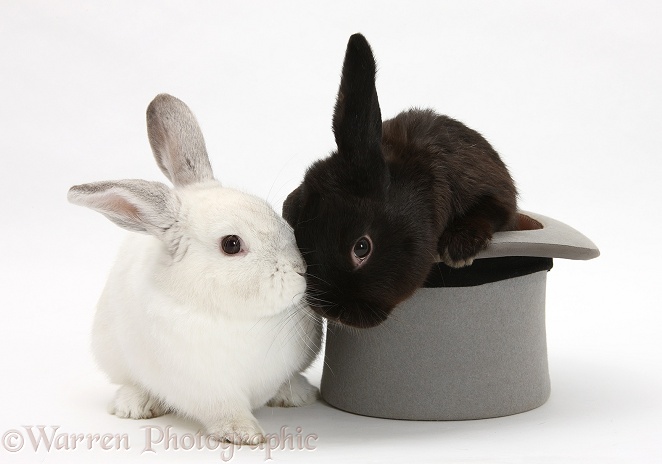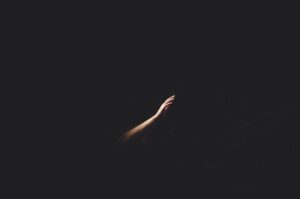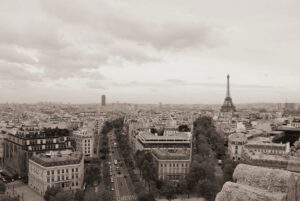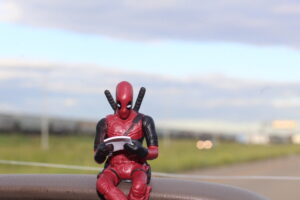No Doubting Allowed!
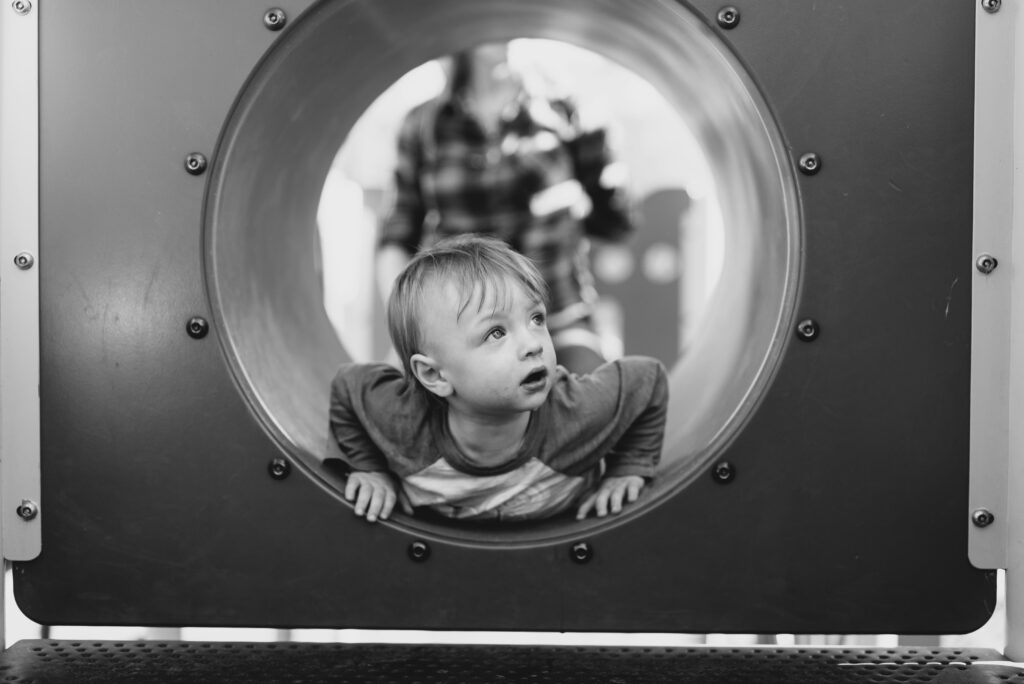
No doubting allowed!
Why is it that, as children, we find so many things fascinating—drawn in by their novelty—yet as we grow older, many people seem to lose that sense of wonder?
From a young age, we’re taught countless truths meant to help us understand the world. We absorb them from teachers, parents, and other adults we see as unquestionable authorities. But rarely are we taught something far more essential: The value of doubt. To question even those truths we’ve accepted as absolute. And yet, it is this very act—doubting—that forms the foundation of critical thinking. More than that, doubt has always been a spark for discovery.
In ancient Greece, the earliest philosophers began to question the world that myth had so long explained. Before the rise of rational thought, natural events were often interpreted through stories of gods. Take, for example, Thor in Norse mythology—not strictly a god of rain or fertility, but of thunder and strength. His hammer, Mjölnir, was said to bring balance to nature. In times of drought, myths told of it being stolen by giants, and only by disguising himself as a bride could Thor infiltrate their domain, reclaim the hammer, and restore harmony to the land.
Stories like these gave meaning, order, and reassurance to those living in uncertainty.
But then came the thinkers who dared to challenge these mythic explanations, and in doing so, laid the groundwork for science and philosophy. Nicolaus Copernicus was among those who reimagined the universe—not as a system with Earth at its center, but one in which our planet was just one of many orbiting the Sun. This heliocentric model directly contradicted centuries of belief upheld by religious institutions. And later, with the discovery of countless galaxies, our place in the cosmos seemed even smaller.
Such challenges weren’t always welcome. In many periods of history, questioning religious or political dogma was dangerous—even fatal. Giordano Bruno was burned at the stake for his cosmological ideas. Galileo Galilei was forced to recant under threat of torture. To doubt, in those times, was an act of immense courage.
In one of my favourite books, Sophie’s World by Norwegian author Jostein Gaarder, he says:
To many people, the world is just as incomprehensible as the magician’s hat from which a white rabbit is pulled.
As for the rabbit, we understand that the magician must have tricked us. What we want to find out is how he did it.
But when it comes to the world, it’s slightly different. We know the world is not a trick, because we are part of it.
Actually, we are the white rabbit being pulled out of the hat.
The only difference between us and the rabbit is that the rabbit does not realize it is part of a magic trick.
But we do. We feel we are part of something mysterious, and we would like to know how it all works.
P.S. Perhaps the white rabbit is the universe itself. And we who live here are tiny insects living deep down in the rabbit’s fur.
But philosophers try to climb up one of the fine hairs of the fur to stare straight into the magician’s eyes.
Even the most protected truths—be they religious, political, social, or personal—deserve to be examined.
To question what you believe about the world, about others, and about yourself is the beginning of self-discovery.
To doubt your assumptions, your preferences, your identity, might lead you to truths you’d never considered—and that, in itself, is an extraordinary adventure.
Yes, questioning can be uncomfortable. It may be frowned upon. But it is a deeply human, liberating act we should never abandon.
Never stop doubting.
And more importantly…
Stay endlessly curious.
